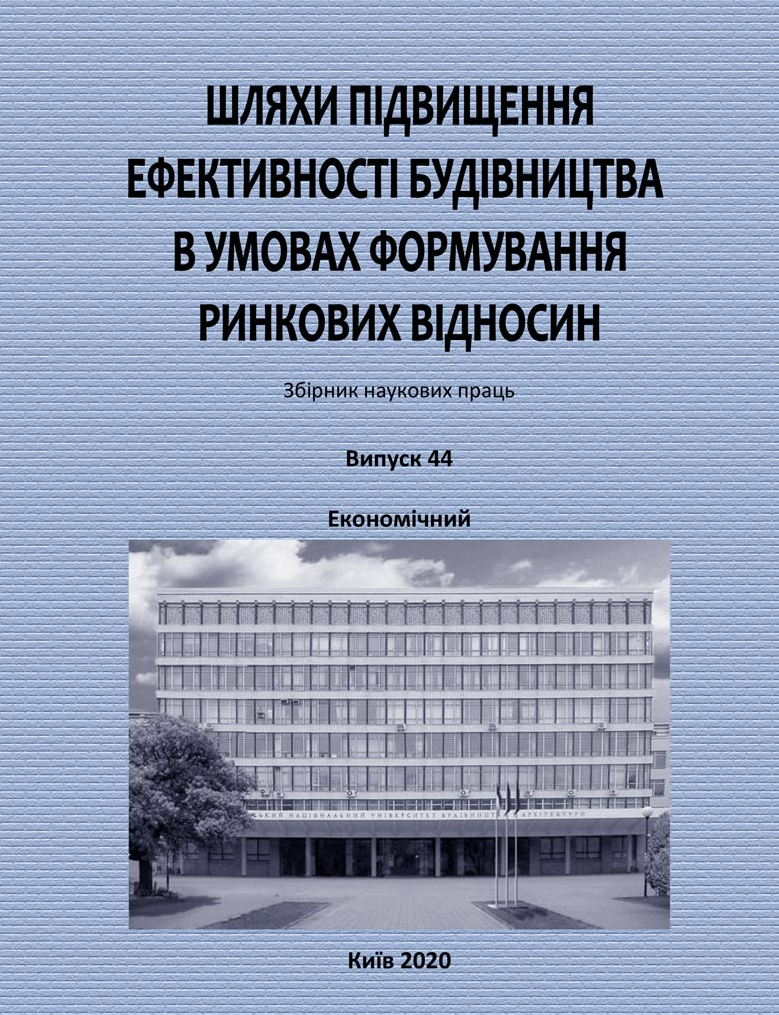Improvement of currency legislation and liberalization of the currency market in Ukraine
DOI:
https://doi.org/10.32347/2707-501x.2020.44.80-88Keywords:
currency regulation, currency control, currency legislation, subjects of currency regulation.Abstract
The article highlights the main advantages of improving currency legislation and liberalizing the foreign exchange market in Ukraine. It is determined that in accordance with the Law of Ukraine "On Currency and Currency Transactions", a modern approach is being implemented, which is based on the principle: "less risks - less attention, more risks - more attention". An overview of the reliefs provided for under the new Law has been carried out: free opening of accounts of legal entities abroad, payments in foreign currency on foreign currency government bonds, currency swaps of banks with residents and non-residents, non-delivery forwards and forwards of debt and foreign currency operations currency and banking metals by legal entities, making payments in foreign currency during life insurance, accumulation of currency in the accounts of legal entities for repayment of foreign currency their borrowings, unlimited investments of banks in securities of investment class, investments and credits of residents from hryvnia LORO-accounts of non-resident banks, investments in Ukraine also in currencies of the 2nd group of the classifier of currencies, and also it is envisaged to improve business conditions and provision of services for the population . The basic principles of conducting currency transactions are considered, namely: the principle of freedom of currency transactions, the principle of risk orientation, transparency, sufficiency and effectiveness of currency regulation, the principle of independence and marketability of currency regulation.
The structure of the Law, model of currency regulation, scheme of organization of currency regulation, principles of conducting currency transactions, factors and sequence of measures on liberalization of currency regulation are considered. A set of factors that significantly improve the effectiveness of the currency regulation and currency surveillance system is characterized. The issue of gradual removal of currency restrictions on current and financial operations, reduction of intervention of the central bank and authorities in the functioning of the currency market, bringing it in compliance with international norms are considered.
References
The Law of Ukraine «On currency and currency transaction» № 2473-VIII of June 21, 2018, effective from February 7 2019.
Decree «On the system of currency regulation and currency control» No. 15-93 of February 19, 1992 (current version as of September 27, 2014).
Resolution of the Board of the National Bank of Ukraine No. 1-8 of January 2, 2019.
Bereslavska, O.V. (2010) Monetary policy of Ukraine: theory and practice: monograph. - Irpin USFSU of Ukraine.
Kovtun, O.I. (2000, 2007) State regulation of the economy: a teaching tool. Lviv: Novyi svit.
Dzublyuk, O.V. (2007) Monetary policy: a textbook. К.: Zannya.
Zhuravka, F.O. (2009) Methodological approaches to the study of the concept of “currency market”. Visnyk naukovtsia: collection of materials of the All-Ukrainian scientific and practical conference (April 2, 2009) – Mykolaiv: NUS. 40–42.
Babichuk, T.P. (2013) The role and importance of the foreign exchange market in the functioning of the state economy. Trade, commerce, entrepreneurship. 15. 90–93.
Vlasenko, E.Yu., Britchenko, I.G. (2012) Britchenko State regulation of the exchange rate in modern economic conditions. Scientific bulletin of Uzhgorod University. 3 (37). 75–79.
Klimenko, O.M. (2014) Instruments for implementation of the NBU monetary policy. Scientific bulletin of the Academy of municipal administration. Series: Economics. 1. 80–88.
Kuznetsova, A., Misiats, N. (2017) Advantages and disadvantages of currence regulation liberalization in Ukraine. Svit finansiv. 3(52).136-146.
The National Bank has approved a new system of currency regulation.
Downloads
How to Cite
Issue
Section
License
Copyright (c) 2020 R. Zeltser, М. Stoliar

This work is licensed under a Creative Commons Attribution 4.0 International License.
Authors who publish with this journal agree to the following terms:
- Authors retain copyright and grant the journal right of first publication with the work simultaneously licensed under a Creative Commons Attribution License that allows others to share the work with an acknowledgement of the work's authorship and initial publication in this journal.
- Authors are able to enter into separate, additional contractual arrangements for the non-exclusive distribution of the journal's published version of the work (e.g., post it to an institutional repository or publish it in a book), with an acknowledgement of its initial publication in this journal.
- Authors are permitted and encouraged to post their work online (e.g., in institutional repositories or on their website) prior to and during the submission process, as it can lead to productive exchanges, as well as earlier and greater citation of published work (See The Effect of Open Access).

